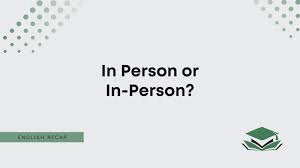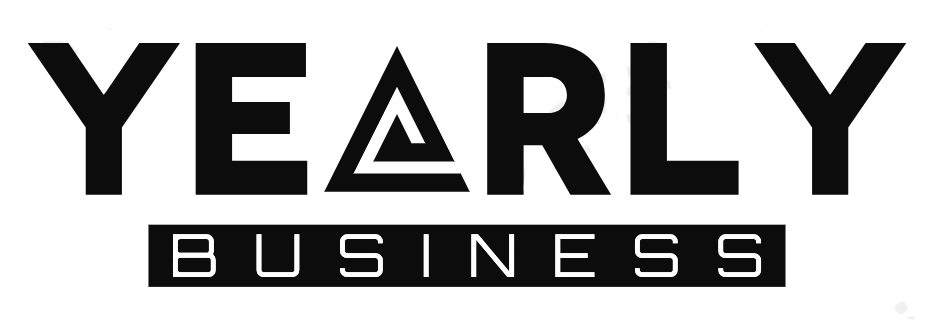Is In Person Hyphenated: Deciphering Grammar Rules

Unlocking the Hyphen: The Perplexing Dilemma of ‘In Person.’
For those seeking clarity amidst the grammatical maze, the question ‘Is in person hyphenated?’ is more than just a linguistic curiosity; it’s a quest for precision in communication.
Join us on a journey to decode this enigmatic phrase and empower your writing with certainty.
Introduction
In the world of grammar and punctuation, even seemingly simple phrases like “in person” can pose a challenge. The question that often arises is whether or not “in person” should be hyphenated. The answer, it turns out, is not as straightforward as one might think. Moreover, the usage of hyphens in “in person” depends on its role in the sentence. In this article, we’ll delve into the intricacies of hyphenation rules for “in person” and provide you with clear examples to guide you through its correct usage.
Understanding the Context
Before we dive into the rules of hyphenation, let’s first understand the context in which “in person” is used. This will help us determine whether it should be hyphenated or not.
Adverbial Usage: No Hyphen
When “in person” functions as an adverb, it is not hyphenated. In this case, it simply means that something is done or experienced physically, face-to-face. Consider these examples:
I prefer to meet with clients in person.
The doctor will see you in person at 10 am.
In both these cases, “in person” modifies the verb, indicating how the action is being performed. It describes the manner of the action but does not require a hyphen.
Adjectival Usage: Hyphen Required
On the other hand, when “in person” functions as an adjective, it is hyphenated. This form indicates that something is related to or associated with a physical presence or attendance. Here are some examples:
I have an in-person meeting tomorrow.
The in-person classes were canceled due to bad weather.
In these sentences, “in-person” is used to modify a noun, specifying that the meeting or classes are related to physical presence. Therefore, a hyphen is needed to connect the words and convey this relationship.
More Examples for Clarity
Let’s explore more examples to solidify our understanding:
Adverbial Usage:
I’m going to the store in person to buy some groceries.
The teacher will be available to answer questions in person after class.
The job interview will be conducted in person.
In all these cases, “in person” describes how an action is carried out, making it an adverbial phrase without the need for a hyphen.
Adjectival Usage:
I’m looking for an in-person job training program.
The company is offering in-person customer support.
The school has a new in-person after-school program.
Here, “in-person” specifies the type or nature of the job training, customer support, and after-school program, necessitating the use of a hyphen.
When in Doubt, Consult a Grammar Guide
If you ever find yourself uncertain about whether to hyphenate “in person,” don’t worry. Grammar rules can be tricky, and it’s always best to consult a grammar guide or dictionary for specific cases. Moreover, accuracy in writing is important, and using hyphens correctly can enhance the clarity and precision of your communication.
Conclusion
In the world of grammar and punctuation, the correct usage of hyphens can sometimes be perplexing. When it comes to “in person,” remember that whether it should be hyphenated or not depends on its role in the sentence. When used as an adverb, it remains unhyphenated, describing the manner of an action. However, when used as an adjective, it requires a hyphen, indicating a relationship to physical presence. By following these guidelines, you can ensure that your writing is both precise and grammatically correct.




